Verification of tracks made of Epsilon
I made five tracks of Hurricane Epsilon, before it was assessed as
a tropical cyclone. I made two more tracks after that point. Additionally, within 480
hours of cyclogenesis, there were nine instances,
when I missed cyclogenesis entirely. All the detections were at short lead times - even in those, the intensity and longevity were most often greatly underestimated, and Epsilon was projected merely to be subtropical.
As of this analysis, best track positions are available October 16, 00Z
thru October 26, 00Z, and as such, position comparisons are possible only
for this timespan.
Since I give only SSHS categories in my tracks, I don't
calculate intensity errors in units of speed, but in categories. For
this purpose, I define tropical or subtropical storms as "Category 0", tropical
or subtropical depressions as "Category -1" and non-existence of a tropical or subtropical cyclone as
"Category -2".
In the five tracks (made before operationally recognized cyclogenesis),
formation times ranged between October 17, 12Z and October 19, 00Z. Average
was October 18, 02Z and median was October 18, 00Z.
In the fourteen cases (5 tracks, before the tracks and data agreed, that
Category 3 would remain the peak intensity, and 9 complete
misses), peak intensity ranged between Category -2 and Category 4. Average was Category -1.29 and median was Category -2.
In the seven tracks (made before operationally recognized extratropical
transition), dissipation times ranged between October 18, 12Z
and October 27, 12Z. Average was October 22, 20Z and median was October 22, 12Z.
At the lead time of 1 day (24 hours), there were 2 hits, 0 false detections and 1 miss. 3 available position comparisons produce an average error of 30 nautical miles.
At the lead time of 2 days (48 hours), there were 3 hits, 1 false detection and 0 misses. 4 available position comparisons produce an average error of 83 nautical miles.
At the lead time of 3 days (72 hours), there were 3 hits, 2 false detections and 1 miss. 5 available position comparisons produce an average error of 89 nautical miles.
At the lead time of 4 days (96 hours), there were 2 hits, 0 false detections and 2 misses. 2 available position comparisons produce an average error of 67 nautical miles.
At the lead time of 5 days (120 hours), there were 1 hit, 0 false detections and 4 misses. 2 available position comparisons produce an average error of 104 nautical miles.
At the lead time of 6 days (144 hours), there were 1 hit, 0 false detections and 5 misses. 2 available position comparisons produce an average error of 297 nautical miles.
At the lead time of 7 days (168 hours), there were 2 hits, 0 false detections and 5 misses. 2 available position comparisons produce an average error of 427 nautical miles.
At the lead time of 8 days (192 hours), there were 0 hits, 1 false detection and 7 misses. No available position comparisons.
At the lead time of 9 days (216 hours), there were 0 hits, 0 false detections and 7 misses. No available position comparisons.
At the lead time of 10 days (240 hours), there were 0 hits, 0 false detections and 7 misses. No available position comparisons.
At the lead time of 11 days (264 hours), there were 0 hits, 0 false detections and 7 misses. No available position comparisons.
At the lead time of 12 days (288 hours), there were 0 hits, 0 false detections and 6 misses. No available position comparisons.
At the lead time of 13 days (312 hours), there were 0 hits, 0 false detections and 5 misses. No available position comparisons.
At the lead time of 14 days (336 hours), there were 0 hits, 0 false detections and 4 misses. No available position comparisons.
At the lead time of 15 days (360 hours), there were 0 hits, 0 false detections and 3 misses. No available position comparisons.
At the lead time of 16 days (384 hours), there were 0 hits, 0 false detections and 3 misses. No available position comparisons.
At the lead time of 17 days (408 hours), there were 0 hits, 0 false detections and 2 misses. No available position comparisons.
At the lead time of 18 days (432 hours), there were 0 hits, 0 false detections and 2 misses. No available position comparisons.
At the lead time of 19 days (456 hours), there were 0 hits, 0 false detections and 3 misses. No available position comparisons.
At the lead time of 20 days (480 hours), there were 0 hits, 0 false detections and 3 misses. No available position comparisons.
Circle coloration scheme
Here are the tracks once again.
October 14, 12Z:
October 15, 06Z:
October 16, 12Z:
October 17, 06Z:
October 18, 12Z:
October 22, 12Z:
October 24, 12Z:
The complete misses were from the following model cycles:
September 30, 12Z
October 1, 06Z
October 3, 12Z
October 8, 06Z
October 9, 12Z
October 10, 12Z
October 11, 18Z
October 12, 12Z
October 13, 12Z


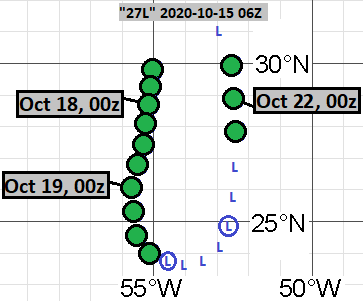
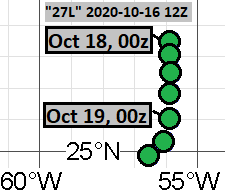
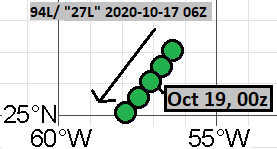
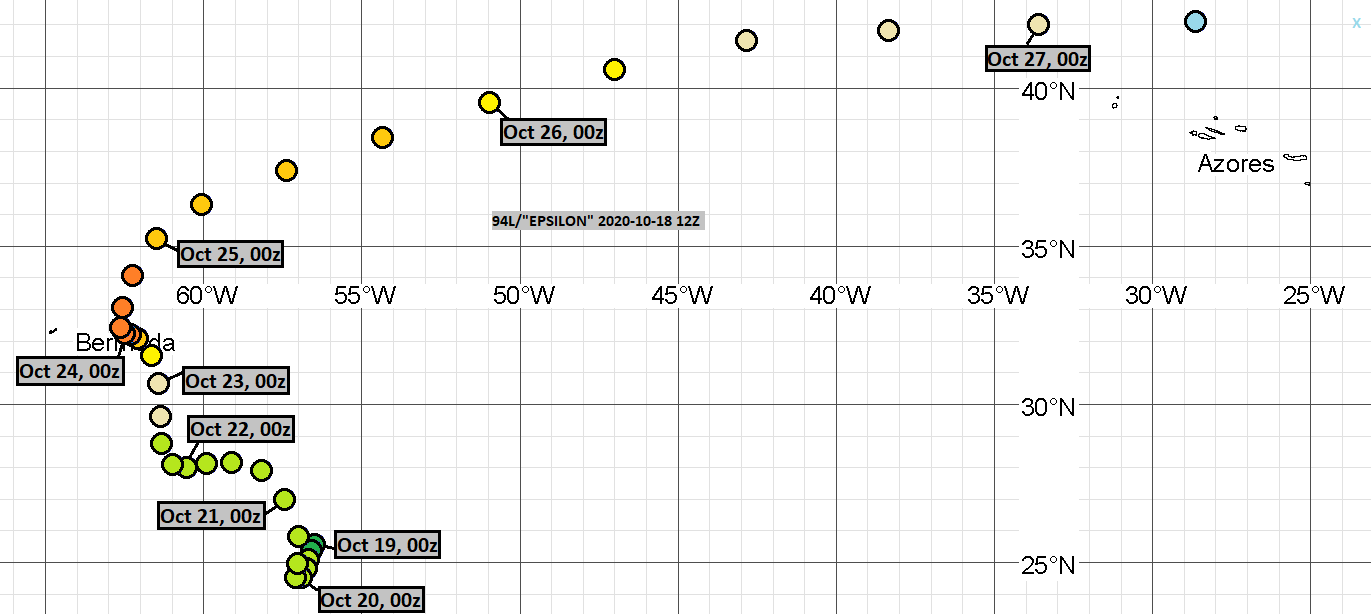
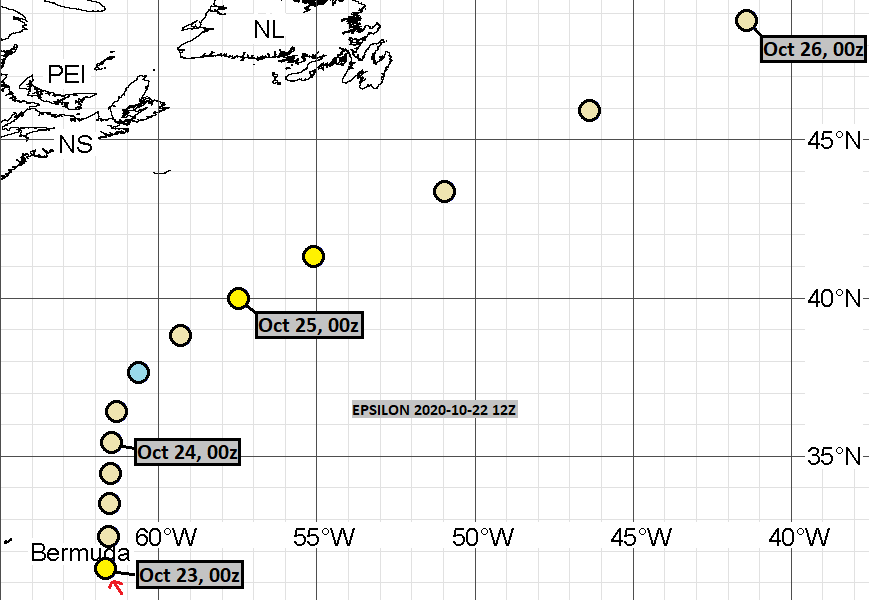
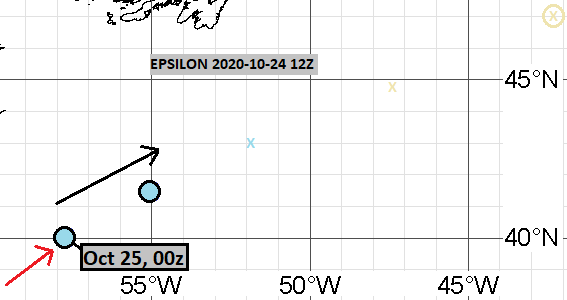
Comments
Post a Comment